Wheatgrass is commonly consumed as a dietary supplement for its health benefits or in juice form for easy digestion. It can also be used as an ingredient in smoothies, salads, and other dishes.
Wheatgrass is packed with vitamins, minerals, and antioxidants that can boost your immune system and overall health. Growing your own wheatgrass at home with soil is cost-effective compared to buying it from a store. You can have complete control over the growing conditions. You can invest in non-treated wheatgrass seeds to ensure your wheatgrass is organic and free from pesticides. A fresh batch of nutritious wheatgrass has significant health benefits. You can add it to smoothies, juice it, or use it as a garnish.
However, Wheatgrass requires daily care and attention, including watering and monitoring for mold or pests. The process of growing wheatgrass takes time and patience, as it can take up to two weeks to grow to a sufficient height.
Benefits of including wheatgrass in your diet

Wheatgrass is a highly nutritious food that can offer a range of health benefits. Here are some of the potential benefits of including wheatgrass in your diet.
- Wheatgrass is a good source of vitamins and minerals, including vitamins A, C, E, and K, as well as iron, calcium, magnesium, and amino acids.
- Wheatgrass is high in antioxidants that can help protect against cell damage and inflammation. This can support a healthy immune system and reduce the risk of chronic diseases.
- Wheatgrass is a good source of fiber, which can support healthy digestion and reduce the risk of digestive disorders such as constipation and bloating.
- Wheatgrass can help detoxify the body by removing harmful toxins and heavy metals from the liver and bloodstream.
- Wheatgrass is a natural energy booster that can improve mental clarity and increase physical stamina.
- Wheatgrass contains chlorophyll, which has been shown to improve skin health and reduce the risk of skin conditions such as acne and eczema.
- Wheatgrass has anti-inflammatory properties that can reduce inflammation throughout the body and alleviate symptoms of conditions such as arthritis.
Growing instructions for wheatgrass

Here are 10 simple steps to grow wheatgrass-
Materials you would need:
- Wheatgrass seeds
- Potting mix
- Tray (any material)
- Spray bottle
- Water
Process to grow:
- Soaking the wheatgrass seeds in water for 8-12 hours or overnight can soften the seeds and speed up the germination process.
- Fill the tray with about 2 inches of organic soil and create a level surface.
- Spread the soaked wheatgrass seeds evenly over the soil without crowding them together.
- Spray the seeds and soil with water until the soil is damp.
- Cover the tray with another tray or plastic wrap to retain moisture and create a warm environment for the seeds to germinate.
- Place the tray in a warm, dark area for 2-3 days.
- Once the seeds have sprouted, you can remove the cover and move the tray to a sunny location.
- Water the wheatgrass daily with a spray bottle. Make sure not to overwater.
- You can harvest the wheatgrass when it is 6-8 inches tall. Cut it with scissors or a sharp knife, leaving about an inch of the plant above the soil.
- Rinse the wheatgrass thoroughly and use it as desired.
It's important to keep the wheatgrass away from direct sunlight during the germination phase, as this can cause the seeds to dry out. Additionally, it's important to keep the wheatgrass well-watered throughout the growing process to prevent it from drying out.
Wheatgrass grows quickly, so be sure to keep an eye on it and harvest it before it gets too tall and tough.
Buy wheatgrass microgreen seeds from AllThatGrows and pair it with other essentials for your gardening needs.


 Sign In
Sign In



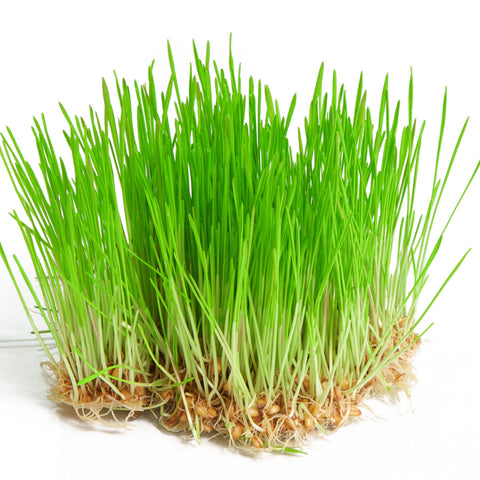
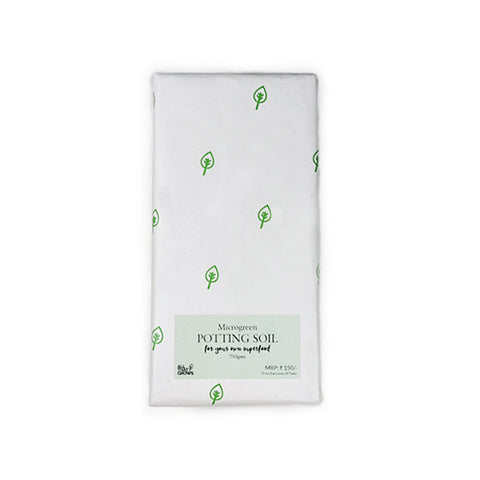
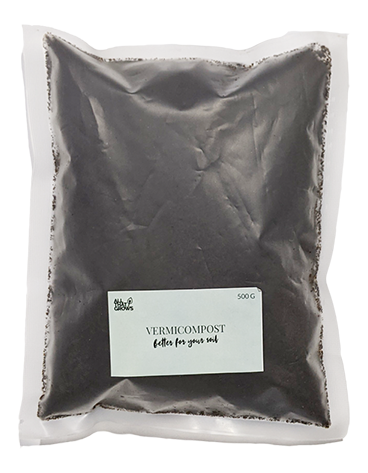
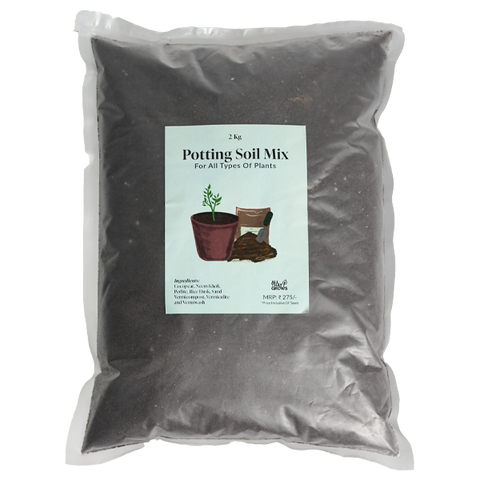
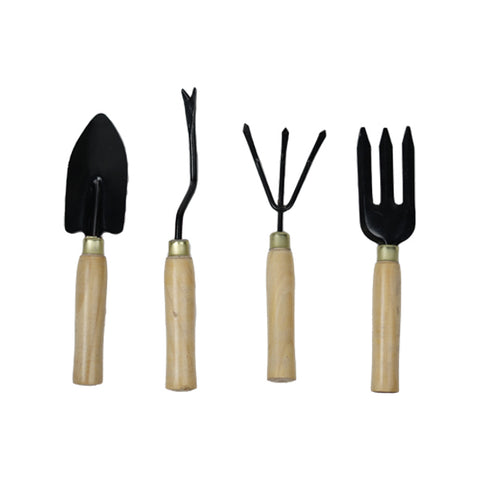
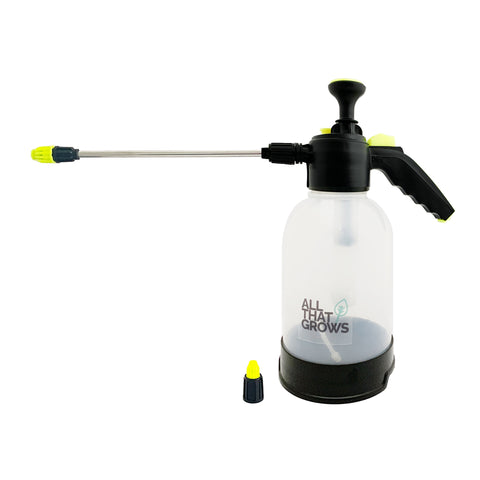






Let us know your feedback
* Comments must be approved before being displayed.